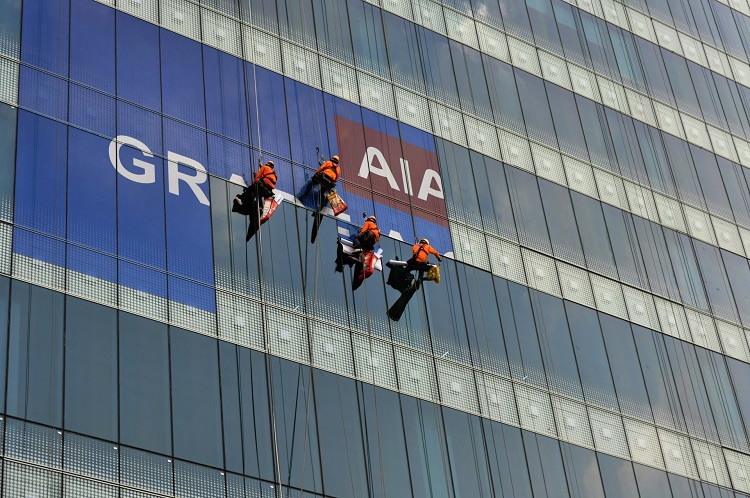For any business leader, the safety and well-being of their employees is the single most important responsibility. A safe workplace is not just a legal and ethical obligation; it’s the foundation of a productive, resilient, and high-morale company culture. But for years, the approach to safety has been reactive and compliance-focused—a set of rules in a binder and a few dusty posters on the wall. This is not a strategy for excellence.
A truly safe workplace is one where every single employee, from the front line to the executive suite, is an active and engaged participant. It’s about building a proactive safety culture. This is where a well-designed incentive program can be a complete game-changer. When you actively reward and recognize safe behaviors, you transform safety from a “have-to” into a “want-to.” The right program can boost workplace safety, turning your team into proactive safety champions.
If you’re looking to move beyond the checklist and build a world-class safety culture, here are some effective ideas to get you started.
Table of Contents
Make Your Safety Training Engaging and Interactive
The traditional “death by PowerPoint” safety meeting is where enthusiasm goes to die. If your training is boring, your team will tune out, and the information won’t stick. To get real engagement, you have to make your training active and memorable.
- Get Hands-On: Instead of just talking about proper lifting technique, have a physical therapist come in and run a hands-on workshop. Instead of just showing a diagram of a fire extinguisher, take your team outside and let them practice using one.
- Empower Peer-to-Peer Training: Have your most experienced and safety-conscious employees lead short training sessions for newer team members. This is incredibly effective, as people often learn best from their peers.
- Use Modern Technology: For high-risk tasks, consider using virtual reality (VR) training modules that allow employees to practice navigating a hazardous situation in a completely safe, simulated environment.
Create a Blame-Free “Near-Miss” Reporting System
For every major, recordable accident, there are often hundreds of “near-misses” that go completely unreported. An employee might slip on a small spill but catch themselves, or a piece of equipment might malfunction but not cause an injury. Often, employees stay silent about these incidents for fear of getting themselves or a colleague in trouble.
This is a massive missed opportunity. A blame-free near-miss reporting system is the single best source of proactive data you can have. Create a simple, anonymous way for employees to report these close calls. This allows you to identify and fix a potential hazard before it causes a real injury. These kinds of proactive programs are a core component of a successful safety and health management system.
Empower a Peer-Led Safety Committee
To get true buy-in from your team, give them a sense of ownership over the safety program. Create a voluntary, peer-led safety committee that is made up of employees from all different departments and levels of the organization, not just managers.
This committee can be empowered to conduct monthly safety walks to identify potential hazards, review the near-miss reports, suggest corrective actions, and help plan and promote safety training events.
When employees are directly involved in shaping the safety culture, they are far more likely to be engaged and to encourage their peers to take the rules seriously.
Use Positive Reinforcement to Reward Safe Behavior
While discipline for unsafe acts is sometimes necessary, a culture built on fear is not an effective one. The psychology of positive reinforcement is a much more powerful and lasting motivator. Instead of only focusing on what people do wrong, actively and publicly celebrate what they are doing right.
- Recognize Proactive Catches: When an employee reports a near-miss or suggests a safety improvement that gets implemented, reward them with a gift card or a small bonus.
- Celebrate Team Milestones: Make a big deal out of reaching milestones like “365 Days Without a Lost-Time Injury” for a specific department. Cater a special lunch or give out company-branded gear.
- Incentivize Good Habits: Reward teams that have perfect safety audit scores or 100% participation in a new training initiative.
Recognition is a powerful driver of employee engagement. When you recognize and reward your safety champions, you are sending a clear message about what your organization truly values.
Building a world-class safety culture is an ongoing process. It’s about creating an environment where every employee feels empowered, engaged, and responsible for the well-being of their teammates.

